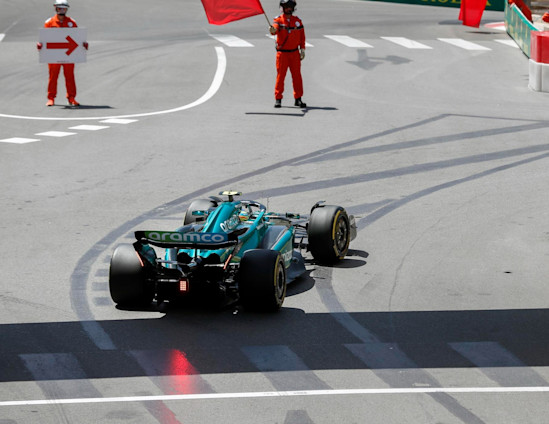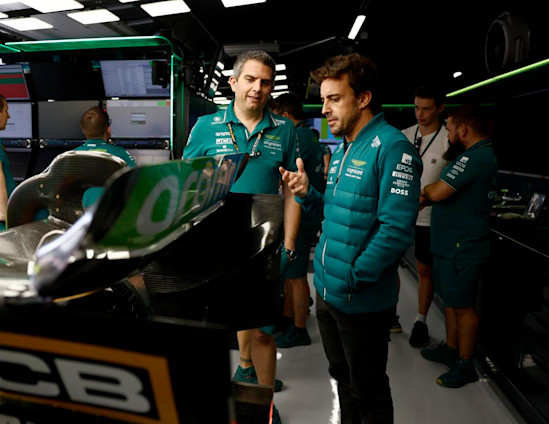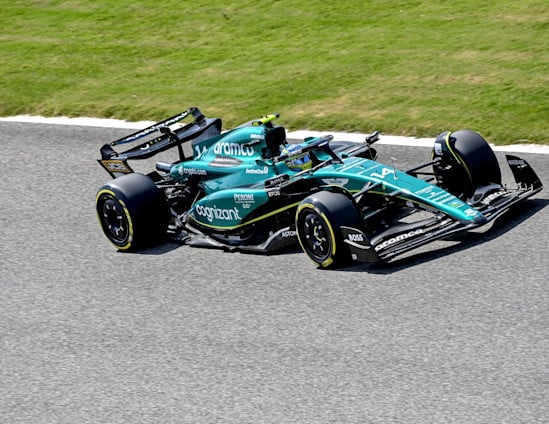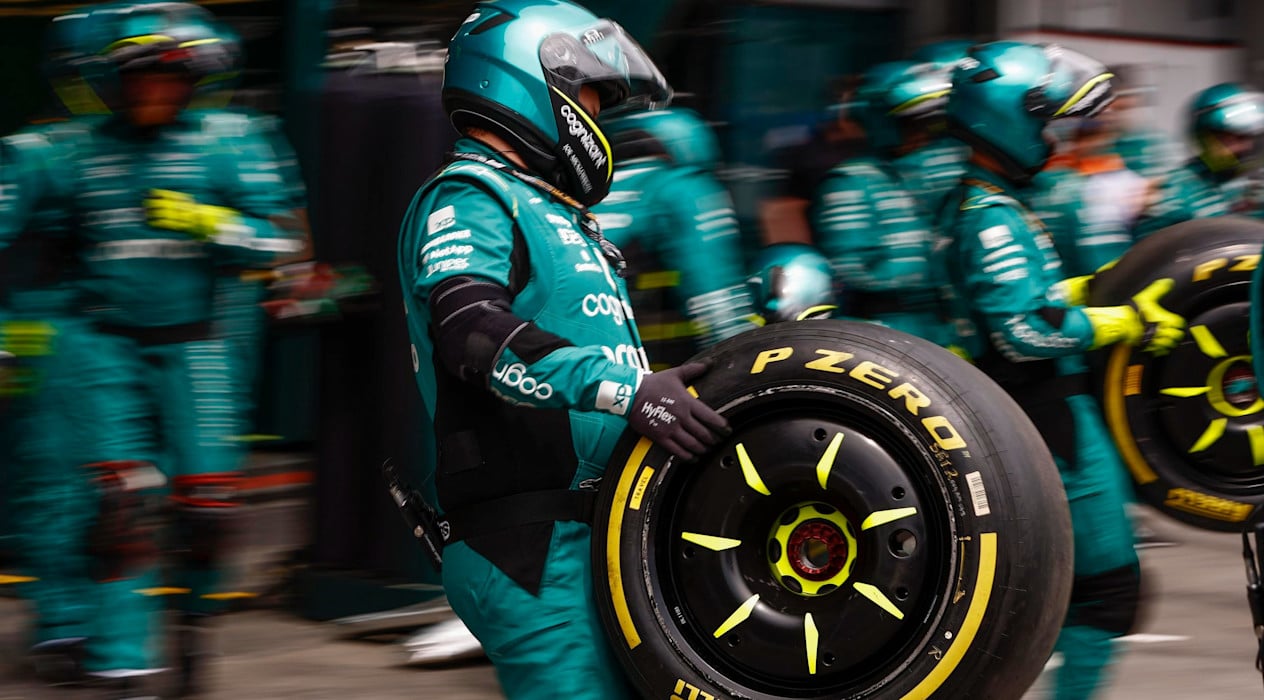
With our Official Trading Partner AvaTrade, we explore the rules and regulations of Formula One to help you better understand the sport. Ahead of our home race we explain the rules surrounding tyres – and how things will change from the 2023 British Grand Prix.
Formula One demands the greatest engineers and drivers and the ultimate technology. It's no wonder that the technical and sporting regulations are a winding maze – and it would take you hours to read them and make sense of them.
That's where our Official Trading Partner AvaTrade comes in. Together with AvaTrade, we've compiled in-depth guides to the things you need to know about Formula One. Last time out, we looked at the use of red flags and how races can be stopped. This time out, we look at tyres.
The only thing connecting a Formula One car to the track are its tyres – they are crucial to performance and strategy.
How are tyres allocated?
Pirelli is Formula One's official tyre supplier. It supplies six different tyre compounds, ranging from the C5 (softest, least durable but fastest over one lap) compound to the C0 (hardest, most durable but theoretically the slowest over one lap).
Pirelli nominates three dry compounds per race weekend and makes this known to teams ahead of in advance of the Grands Prix. Regardless of where a tyre sits in the Pirelli range, the softest tyre nominated is always known as the Soft (identified by red stripe), the middle tyre is the Medium (yellow-striped) and the hardest tyre is known as the Hard (white-striped).

This weekend in Silverstone, Pirelli has nominated the C1 (Hard), C2 (Medium) and C3 (Soft) tyre. They have considered the demands on the tyre – the length of the lap, the abrasiveness of the surface and the speed through the corners – to make that choice.
Pirelli also brings the Wet (blue-striped) and Intermediate (green-striped) tyres to every round. Wet tyres are sometimes known as 'full Wets' given they're used when the surface is soaked and there is a lot of standing water.
Teams are allocated eight sets of Soft tyres, three sets of Medium tyres and two sets of Hard tyres per weekend, plus four sets of Intermediates and three sets of Wets.
Two sets of dry compounds are returned to Pirelli by teams after every Free Practice session, leaving teams seven sets of dry compounds from the beginning of Q1 on Saturday until the end of Sunday's Grand Prix.
However, if a driver makes it to Q3 – as Lance and Fernando did in Austria – then they must return an extra set of tyres to Pirelli, thus giving the drivers from 20th to 11th on the grid a slight advantage.
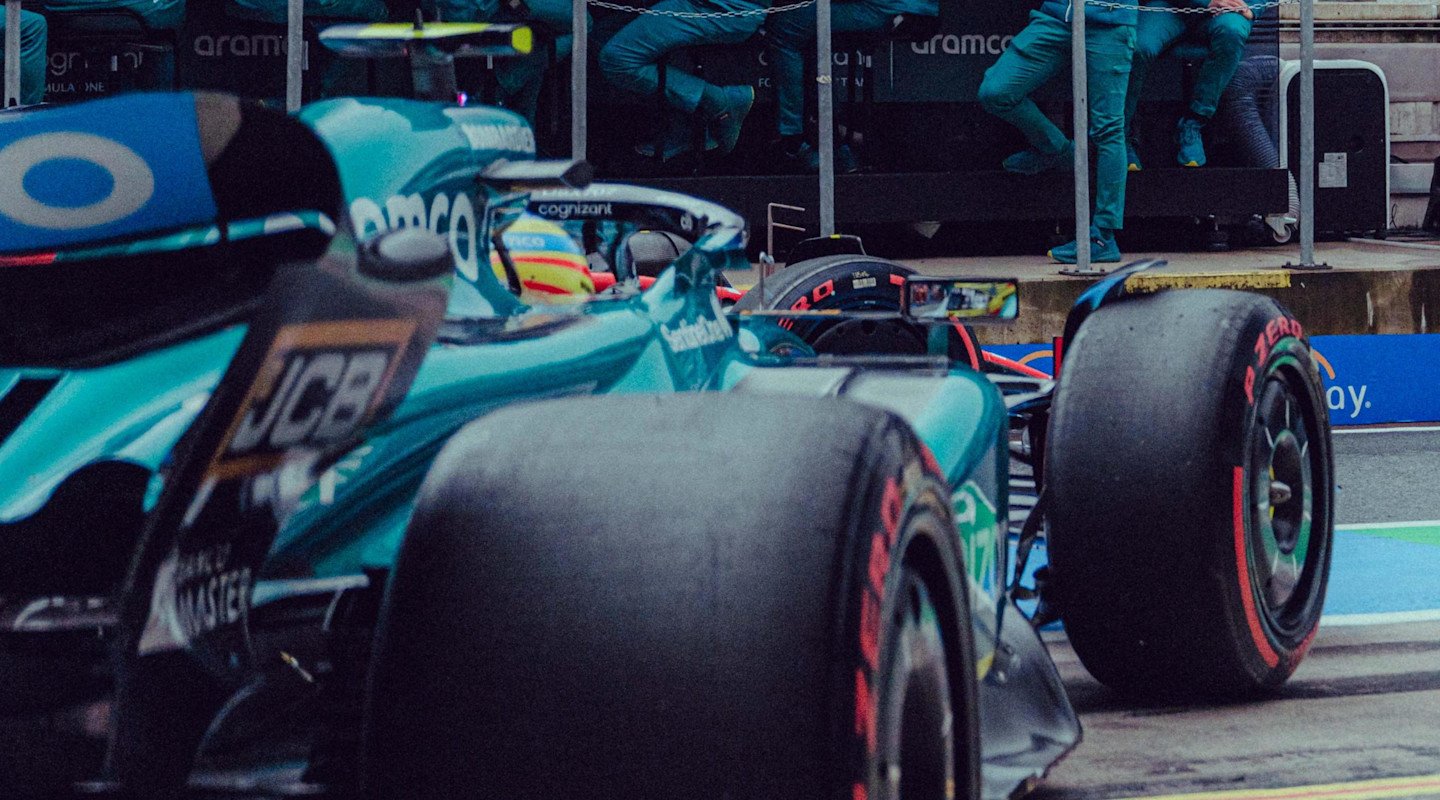
This weekend at Silverstone, Pirelli will bring a new specification of tyre that was tested in Free Practice at the Spanish Grand Prix earlier this year. This new spec is more resistant, as it uses a new material, but tyre wear and performance are expected to remain unchanged.
After Silverstone, we travel to Hungary, where Pirelli will trial the Alternative Tyre Allocation (ATA), supplying 11 sets of tyres rather than 13. This means that in Q1, teams will only be able to use the Hard tyre; in Q2 they will only be able to use the Medium tyre; and in Q3 they will only be able to use the Soft tyre.
At the heart of this change is sustainability as, in Hungary, fewer tyres will need to be produced and transported.
On Sprint weekends, teams receive 12 sets of tyres rather than 13, with two fewer sets of Softs but two more sets of Mediums.
How do tyres dictate race strategy?
The rules state that teams must use two different dry tyre compounds in a Grand Prix.
For example, Lance could begin a race on Hards but he would have to pit for Medium or Soft compounds later on – or face a penalty for not switching tyres. If the track is deemed wet, then drivers do not have to pit.
The Soft tyre wears fastest but offers the most grip and the Hard tyre has the lowest wear rate but offers less grip. The Medium tyre sits between the two.
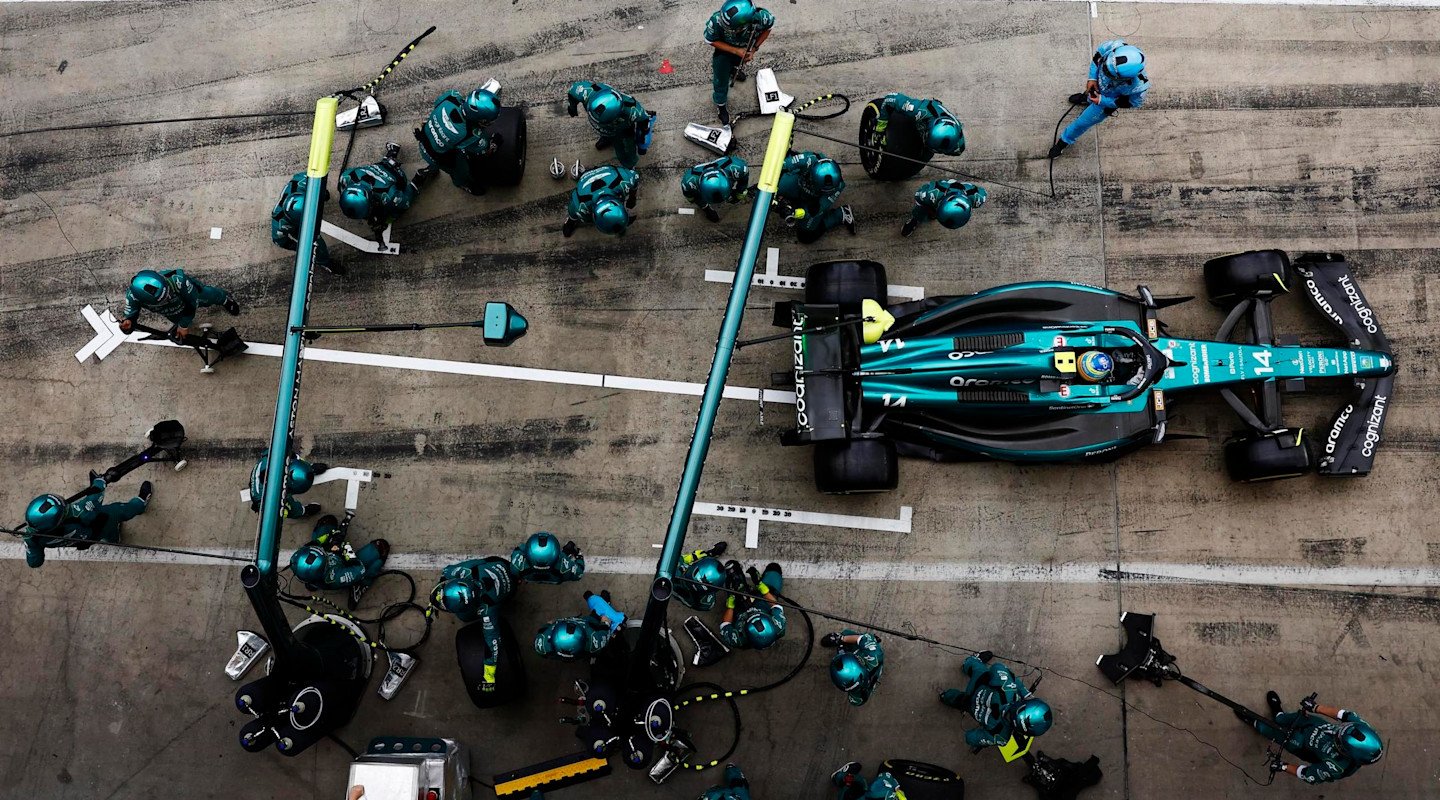
Our strategy team will crunch the numbers and deduce how best to use the Hard, Medium and Soft tyres throughout the weekend. Before the race, they will then present different strategic choices to ensure the best result for Lance, Fernando and the team.
During the race, you might also hear Fernando or Lance speaking over team radio to relay information about the condition of their tyres to the team to help inform the strategic calls.
Furthermore, you might hear drivers given instructions to take care of their current tyres to reduce thier rate of wear and extend tyre life or, alternatively, push harder on track for faster lap times at the expense of increased wear and a reduction in tyre life.
Tyres sit at the heart of race strategy. And strategy can make or break a race.
Learn more with AvaTrade
In the same way that a racing driver can constantly learn and improve using data, AvaTrade encourages traders to hone and refine their own skills – courses are created by experts, free to access, tightly focused and comprehensive.
You can discover more about our partnership with AvaTrade and access a suite of free educational resources designed to help you enhance your trading skills.

AVATRADE EXPLAINS THE F1 RULEBOOK
Amplify your fan experience
From exclusive collabs to once-in-a-lifetime prizes, I / AM DROPS is a new series of unique and ultra-limited moments and fan experiences.
Sign up for I / AM or sign in to unlock.


